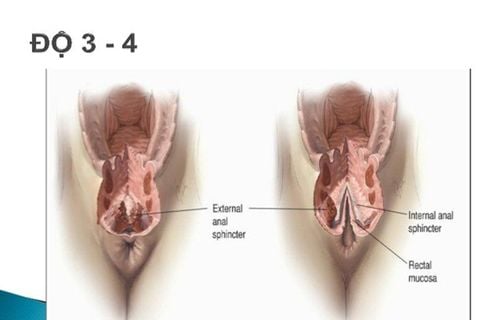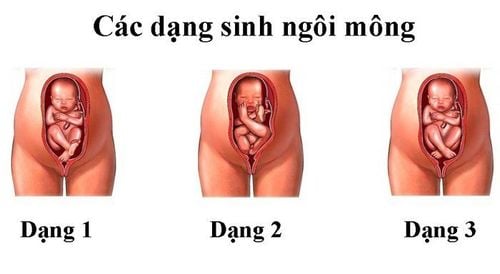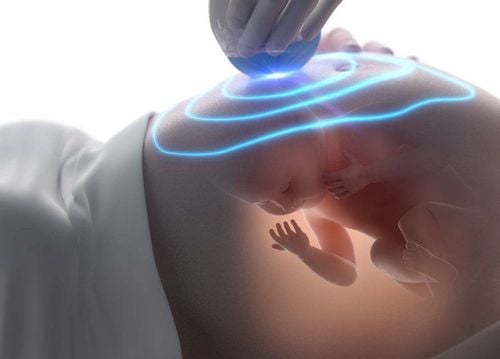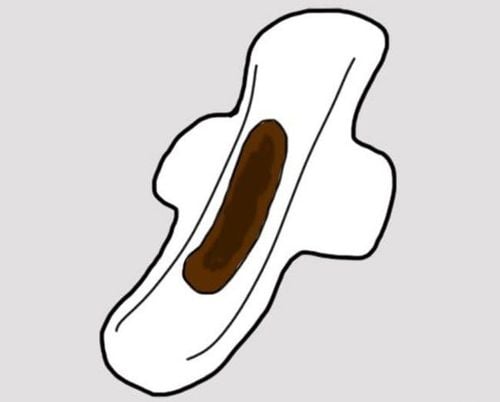This is an automatically translated article.
The article is professionally consulted by BSCK II Tran Thi Mai Huong - Obstetrician and Gynecologist - Department of Obstetrics and Gynecology - Vinmec Hai Phong International General HospitalShoulder pregnancy is a rare and unfavorable pregnancy and can only be delivered vaginally when the conditions for fetal rotation are met. Therefore, most doctors recommend that pregnant women with horizontal positions should choose the cesarean section to be safe for both mother and baby.
1. What is the role of the shoulder?
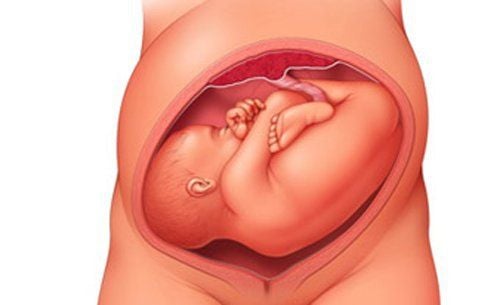
Shoulder pregnancy, also known as transverse position, this is the fetal position not along the axis of the uterus but horizontal. During labor, the shoulders will present in front of the upper waist, one fetal pole is located in the right or left iliac fossa, and the other is located below the ribs. It is recognized that this is a rare and unfavorable position (accounting for about 0.5%) and can only give birth normally when the conditions for rotation are met.
Causes of shoulder pregnancy may be due to:
On the mother's side: Common in pregnant women giving birth, because the previous birth can cause the uterus to become flabby, the fetus is in a horizontal position, unable to rotate to the right position. vertical. The mother has a deformed uterus such as a bicornuate uterus, a septum uterus, and a fibroid uterus. Due to narrow pelvis, tumor of the prostate. Fetal side: In twins, the first pregnancy is delivered, the uterus is wide, the second pregnancy is not well adjusted, lying in the horizontal position. Premature pregnancy, or stillbirth in the uterus. Regarding the fetal part: Polyhydramnios, the position of the fetus in the uterus is not fixed. The placenta previa or the short placenta prevents the fetus from being in a vertical position.
2. Treatment of shoulder pregnancy
During pregnancy, pregnant women with a shoulder position must periodically examine them in the last 3 months, and rest in the last month to prevent premature rupture of membranes and premature rupture of membranes. For a shoulder-to-shoulder fetus, the doctor can It can be handled in two ways:Internal rotation of pregnancy: This method is applicable to cases where the cervix is dilated, the uterus is not scarred, childbirth, pregnancy is less than 2,500g, the second pregnancy in school. twins. To perform endoscopic rotation, the doctor will put his hand into the uterine cavity to rotate the fetus into the breech position. However, even when turning into the breech position, delivery is still very difficult. If the water has broken, the cesarean section must be performed immediately: Although the recovery time after birth is longer, experts still recommend that women with horizontal positions choose the cesarean section.
For more information, please contact Vinmec Hospitals and clinics nationwide
Please dial HOTLINE for more information or register for an appointment HERE. Download MyVinmec app to make appointments faster and to manage your bookings easily.






